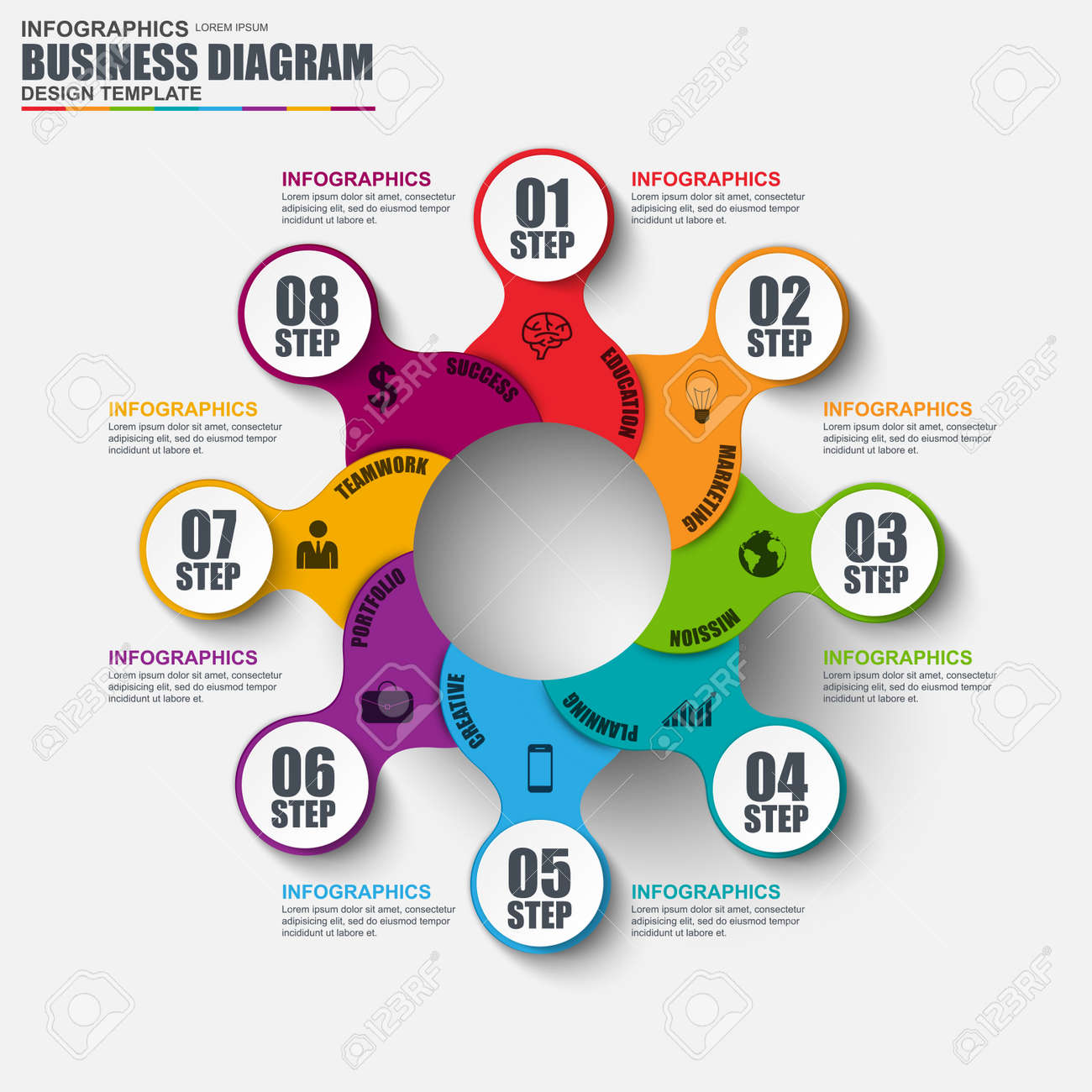The Evolution Of Site Style: From Past To Existing
The Evolution Of Site Style: From Past To Existing
Blog Article
Web Content Writer-Dalrymple Vinson
In the past, internet sites were straightforward and concentrated on information. Navigation was straight, and design was for desktop computers. Now, individual experience is key. Data overviews layouts for very easy navigation. Responsive formats fit different devices. Today, dark setting decreases stress, and minimalist food selections enhance navigation. Interactive features involve users, and vibrant visuals stick out. AI assimilation improves engagement. See exactly how layout has developed to improve your on the internet trip.
Very Early Days of Website Design
In the early days of web design, simpleness reigned supreme. Web sites were standard, with limited colors, font styles, and formats. seo optimization cost was on offering info instead of flashy visuals. Individuals accessed the web with slow-moving dial-up connections, so rate and capability were crucial.
Navigation food selections were straightforward, commonly located on top or side of the page. Sites were made for desktop computers, as mobile browsing had not been yet common. Material was king, and designers prioritized very easy readability over complicated design aspects.
HTML was the key coding language utilized, and developers needed to work within its constraints. Animations and interactive features were marginal contrasted to today's requirements. Sites were static, with little vibrant web content or individualized user experiences.
Surge of User-Focused Style
With the advancement of site style, a change in the direction of user-focused style concepts has ended up being significantly popular. Today, producing websites that prioritize customer experience is important for involving site visitors and attaining organization goals. User-focused layout involves understanding the demands, choices, and behaviors of your target audience to customize the web site's design, material, and features appropriately.
Designers currently conduct complete research, such as individual surveys and use screening, to collect understandings and feedback straight from customers. This data-driven technique helps in developing instinctive navigation, clear calls-to-action, and visually appealing interfaces that reverberate with visitors. By putting the user at the center of the style process, websites can provide a more personalized and satisfying experience.
Receptive layout has actually additionally emerged as an essential element of user-focused layout, ensuring that web sites are maximized for various gadgets and display sizes. This flexibility enhances accessibility and functionality, dealing with the diverse methods customers engage with sites today. Basically, the surge of user-focused layout signifies a shift in the direction of creating digital experiences that prioritize the demands and assumptions of completion individual.
Modern Trends in Web Design
Explore the current trends shaping website design today. One popular fad is dark setting design, providing a sleek and contemporary look while decreasing eye stress in low-light settings. Another crucial trend is minimal navigation, simplifying food selections and boosting customer experience by concentrating on essential elements. Incorporating mouse click the following article -interactions, such as computer animated buttons or scrolling results, can create a much more interesting and interactive web site. Responsive design remains crucial, making certain seamless user experiences across different gadgets. In addition, making use of strong typography and asymmetrical layouts can include visual passion and draw attention to particular material.
Incorporating AI modern technology, like chatbots for customer support or customized referrals, enhances user engagement and enhances procedures. Ease of access has likewise end up being a significant fad, with designers focusing on comprehensive design practices to deal with diverse user requirements. Welcoming sustainability by optimizing site performance for rate and effectiveness is one more arising pattern in web design. Working together with customer feedback and data analytics to repeat and enhance layout continuously is important for remaining relevant in the ever-evolving electronic landscape. By welcoming these modern trends, you can create a visually attractive, user-friendly web site that resonates with your audience.
Verdict
As you assess the advancement of site layout from the early days to now, you can see exactly how user-focused design has ended up being the driving force behind modern trends.
Accept the journey of modification and adaptation in web design, always maintaining the customer experience at the center.
Remain existing with the most recent patterns and technologies, and never ever quit developing your technique to develop aesthetically magnificent and user-friendly websites.
Develop, adapt, and produce - the future of web design remains in your hands.
